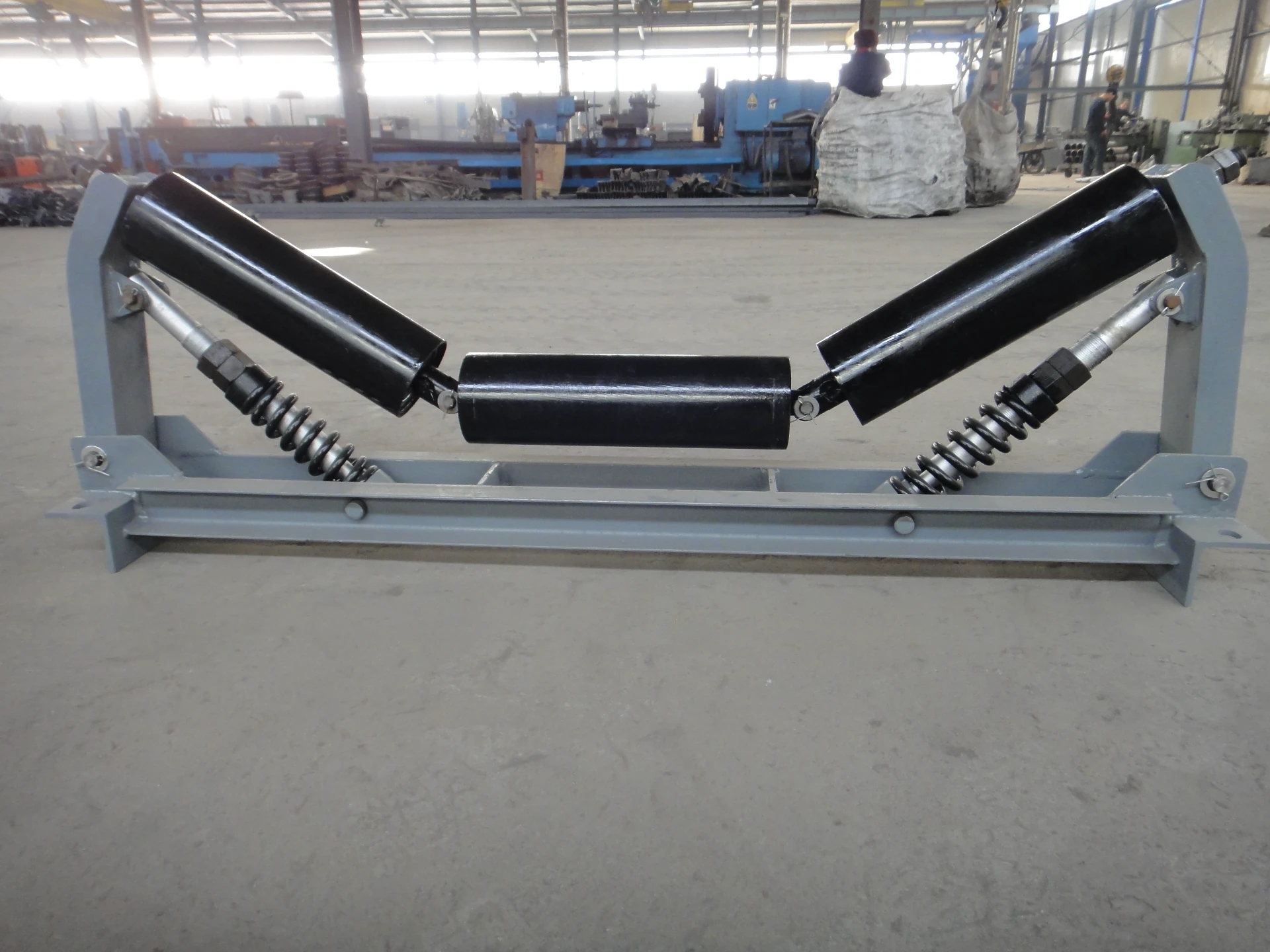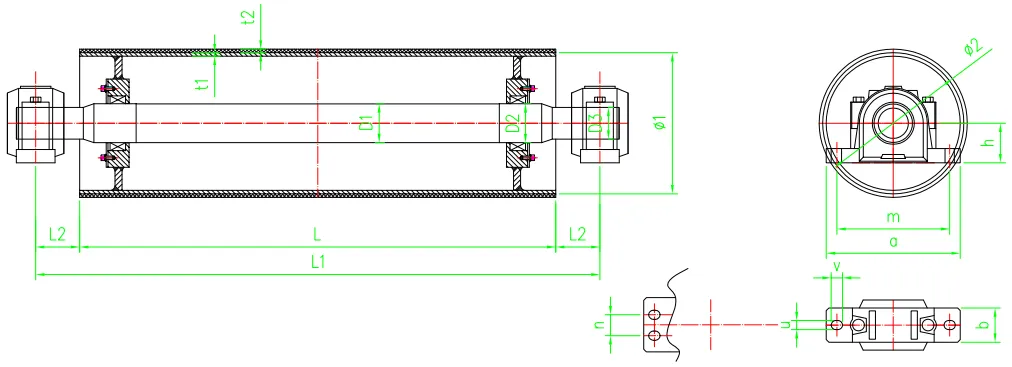 Afrikaans
Afrikaans  Albanian
Albanian  Amharic
Amharic  Arabic
Arabic  Armenian
Armenian  Azerbaijani
Azerbaijani  Basque
Basque  Belarusian
Belarusian  Bengali
Bengali  Bosnian
Bosnian  Bulgarian
Bulgarian  Catalan
Catalan  Cebuano
Cebuano  Corsican
Corsican  Croatian
Croatian  Czech
Czech  Danish
Danish  Dutch
Dutch  English
English  Esperanto
Esperanto  Estonian
Estonian  Finnish
Finnish  French
French  Frisian
Frisian  Galician
Galician  Georgian
Georgian  German
German  Greek
Greek  Gujarati
Gujarati  Haitian Creole
Haitian Creole  hausa
hausa  hawaiian
hawaiian  Hebrew
Hebrew  Hindi
Hindi  Miao
Miao  Hungarian
Hungarian  Icelandic
Icelandic  igbo
igbo  Indonesian
Indonesian  irish
irish  Italian
Italian  Japanese
Japanese  Javanese
Javanese  Kannada
Kannada  kazakh
kazakh  Khmer
Khmer  Rwandese
Rwandese  Korean
Korean  Kurdish
Kurdish  Kyrgyz
Kyrgyz  Lao
Lao  Latin
Latin  Latvian
Latvian  Lithuanian
Lithuanian  Luxembourgish
Luxembourgish  Macedonian
Macedonian  Malgashi
Malgashi  Malay
Malay  Malayalam
Malayalam  Maltese
Maltese  Maori
Maori  Marathi
Marathi  Mongolian
Mongolian  Myanmar
Myanmar  Nepali
Nepali  Norwegian
Norwegian  Norwegian
Norwegian  Occitan
Occitan  Pashto
Pashto  Persian
Persian  Polish
Polish  Portuguese
Portuguese  Punjabi
Punjabi  Romanian
Romanian  Russian
Russian  Samoan
Samoan  Scottish Gaelic
Scottish Gaelic  Serbian
Serbian  Sesotho
Sesotho  Shona
Shona  Sindhi
Sindhi  Sinhala
Sinhala  Slovak
Slovak  Slovenian
Slovenian  Somali
Somali  Spanish
Spanish  Sundanese
Sundanese  Swahili
Swahili  Swedish
Swedish  Tagalog
Tagalog  Tajik
Tajik  Tamil
Tamil  Tatar
Tatar  Telugu
Telugu  Thai
Thai  Turkish
Turkish  Turkmen
Turkmen  Ukrainian
Ukrainian  Urdu
Urdu  Uighur
Uighur  Uzbek
Uzbek  Vietnamese
Vietnamese  Welsh
Welsh  Bantu
Bantu  Yiddish
Yiddish  Yoruba
Yoruba  Zulu
Zulu Feb . 08, 2025 01:44
Back to list
conveyor drum lagging
Conveyor drum lagging is a pivotal component in the efficient operation of conveyor systems, playing a significant role in enhancing productivity, reducing downtime, and minimizing operational costs. As industries globally, from mining to logistics, increasingly rely on conveyor systems for streamlined operations, the demand for effective drum lagging solutions has never been more pronounced. This article elucidates the intricacies of conveyor drum lagging, emphasizing its benefits, types, and installation expertise.
The installation of drum lagging requires meticulous attention to detail and should be conducted by professionals with extensive expertise. Accurate installation ensures that the lagging performs its intended function effectively without premature wear. Experts recommend conducting a thorough analysis of the conveyor system’s operational parameters, including load capacities, speed, and the nature of materials being transported. This ensures the selection of an appropriate lagging solution tailored to specific operational demands. In terms of maintenance, regular inspections of the drum lagging are essential to monitor wear and potential deterioration. Over time, even the most robust lagging materials will diminish in performance, necessitating timely replacement to maintain optimal conveyor performance. Adhering to a proactive maintenance schedule can significantly reduce unexpected operational downtime, thereby sustaining efficiency and productivity. As industries continue to evolve, the advancements in drum lagging technology will undoubtedly play a crucial role in meeting the growing demands for reliability and efficiency in conveyor systems. Staying abreast of these technological developments can provide businesses with a competitive edge, enabling them to maintain seamless operations and deliver superior service. In conclusion, conveyor drum lagging is an indispensable component in the operation of conveyor systems. Selecting the appropriate lagging material and ensuring its professional installation can lead to enhanced performance, longevity, and reduced operational costs. Companies must leverage expert knowledge and cutting-edge technologies to ensure their conveyor systems operate at peak performance, aligning with industry best practices for safety, reliability, and efficiency. As an essential aspect of modern industrial operations, understanding and implementing effective drum lagging solutions is key to achieving operational excellence and competitive advantage.


The installation of drum lagging requires meticulous attention to detail and should be conducted by professionals with extensive expertise. Accurate installation ensures that the lagging performs its intended function effectively without premature wear. Experts recommend conducting a thorough analysis of the conveyor system’s operational parameters, including load capacities, speed, and the nature of materials being transported. This ensures the selection of an appropriate lagging solution tailored to specific operational demands. In terms of maintenance, regular inspections of the drum lagging are essential to monitor wear and potential deterioration. Over time, even the most robust lagging materials will diminish in performance, necessitating timely replacement to maintain optimal conveyor performance. Adhering to a proactive maintenance schedule can significantly reduce unexpected operational downtime, thereby sustaining efficiency and productivity. As industries continue to evolve, the advancements in drum lagging technology will undoubtedly play a crucial role in meeting the growing demands for reliability and efficiency in conveyor systems. Staying abreast of these technological developments can provide businesses with a competitive edge, enabling them to maintain seamless operations and deliver superior service. In conclusion, conveyor drum lagging is an indispensable component in the operation of conveyor systems. Selecting the appropriate lagging material and ensuring its professional installation can lead to enhanced performance, longevity, and reduced operational costs. Companies must leverage expert knowledge and cutting-edge technologies to ensure their conveyor systems operate at peak performance, aligning with industry best practices for safety, reliability, and efficiency. As an essential aspect of modern industrial operations, understanding and implementing effective drum lagging solutions is key to achieving operational excellence and competitive advantage.
Latest news
-
Revolutionizing Conveyor Reliability with Advanced Rubber Lagging PulleysNewsJul.22,2025
-
Powering Precision and Durability with Expert Manufacturers of Conveyor ComponentsNewsJul.22,2025
-
Optimizing Conveyor Systems with Advanced Conveyor AccessoriesNewsJul.22,2025
-
Maximize Conveyor Efficiency with Quality Conveyor Idler PulleysNewsJul.22,2025
-
Future-Proof Your Conveyor System with High-Performance Polyurethane RollerNewsJul.22,2025
-
Driving Efficiency Forward with Quality Idlers and RollersNewsJul.22,2025
OUR PRODUCTS





























